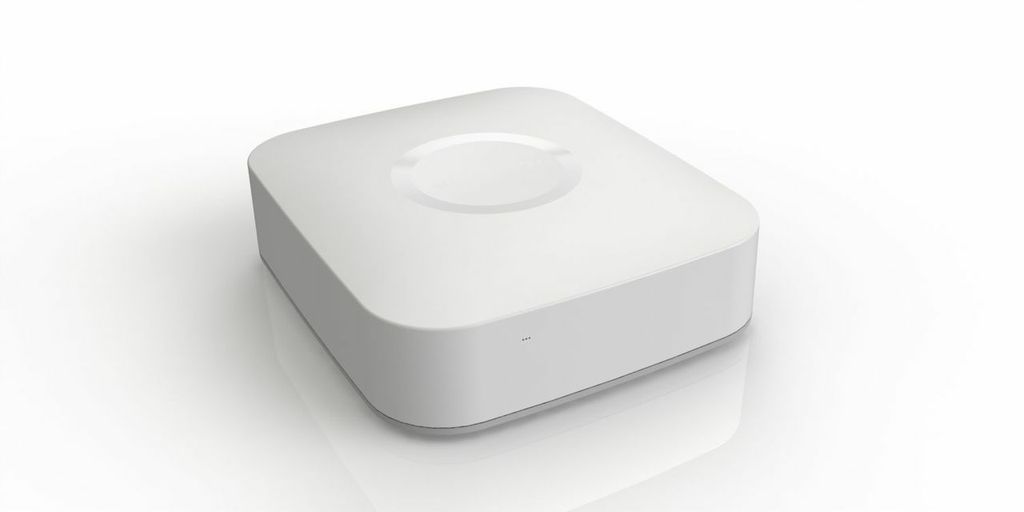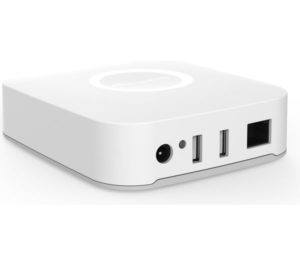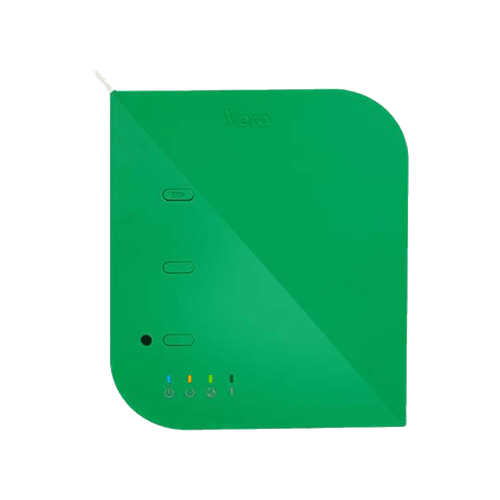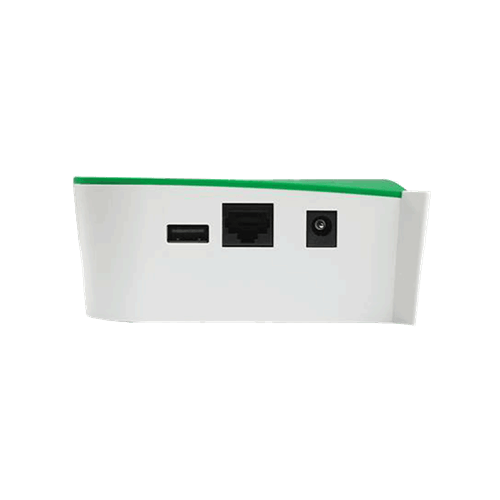We live in an exciting time in technological history. Gone are the days of manually turning on a light. In fact, gone are the days of manually doing many things around the house (except laundry and washing dishes, grrr…).
Now, most anything can be “smart,” that is, connected to the internet for automation and tracking data. From light bulbs to door locks, garage doors to security cameras, anything can be fitted with a wifi chip and logic board allowing you to monitor and control your home devices from anywhere in the world. That’s the Internet of Things, right in your house.
How Does It Work, Anyway?
When you connect your computer to wifi, you are creating what is called a point-to-point network. Data is transmitted from your computer, to your router or modem, and out to the internet, where data is then passed back through the same chain in reverse. What you see on your computer screen is the translation of that data into human-readable information.
These new Internet of Things devices act in a similar manner, only they connect through what is called a mesh network. A mesh network operates at lower frequencies than your standard wifi signal, operates at a much lower power requirement, and usually sends and receives single-serve commands to your device.
The two standards which have gained traction in the Internet of Things world are Z-Wave and Zigbee. There is one main differences between the two standards: while Z-Wave operates at frequencies at or below 900 Mhz, Zigbee operates in frequencies at or below 2.4 Ghz.
Putting It All Together
When your home has many smart devices, each with their own control app on your phone, things can get complicated quickly. The easiest way to manage these devices is to link them all together using a smart hub, which has certain application interfaces to send the proper commands to each device. Two extremely popular devices are the Samsung SmartThings Hub (version 2), and the Vera Control VeraLite. We reviewed both devices with a variety of different smart devices to help you decide which smart hub is right for you.
Samsung SmartThings Hub 2nd Generation

The Samsung SmartThings Hub is perhaps the most well known smart hub, having been a project on Kickstarter and later acquired by Samsung. We picked this Apple TV sized hub up at Amazon.
This little guy comes equipped with two USB ports to power USB devices, an Ethernet port to connect the smart hub to your router or modem, and a power port to keep the hub powered up. The Samsung SmartThings Hub can also be run on two “AA” batteries, providing 10 hours of power. Another interesting feature is the ability to control the SmartThings Hub through Amazon Alexa.
The Good

First things first — the design on the Samsung SmartThings Hub is nice. It will look right at home in any interior design motif, and it looks and feels to be a high quality construction. The hub is smaller than a standard cable or DSL modem, and only about a half inch taller than an Apple TV.
The sheer amount of devices the Samsung SmartThings Hub works with is almost staggering. The SmartThings Hub is compatible with both Z-Wave devices and Zigbee devices, and also certain devices that use the standard IP protocol and Bluetooth. If you find a smart device, chances are the Samsung SmartThings Hub is compatible.
This SmartHub is easy to setup. Everything is handled through the iPhone or Android app, and the app is dead simple to use. Pairing a device, setting up notifications, programming actions is all straight forward and easy to do.
Samsung has cultivated a great community supporting the SmartThings Hub. The If-This-Then-That programming method Samsung has adopted for the smart hub makes it easy to setup home automation, and if you get stumped, the community forums can usually offer a solution quickly. Additionally, Samsung has included a limited live chat feature in the app, allowing you to contact Samsung support directly for technical help.
The Not So Good
Programming the Samsung SmartThings Hub can be a little daunting, especially when you try to set up too many actions at once. The IFTTT programming method is limited, and we found that anything more than basic on-off actions and monitoring, it took a bit more time to get set up correctly. We were able to work through logic breaks with some help from the community, but we would like to see a few more options when configuring more advanced actions for our smart devices.
Verdict
Overall, the Samsung SmartThings Hub is a solid device, controls all the devices we tested with, and was easy enough for most home users to set up. With its long list of compatible devices, this is a device we feel comfortable recommending to anyone interested in home automation and monitoring.
Vera Control VeraLite

Next up on the chopping block is the Vera Control VeraLite smart hub. This little guy is a little bit taller than the Samsung SmartThings Hub, comes with one USB port used for storing data logs to a USB key, an Ethernet port for connecting to your modem and router, and a power port to keep the VeraLite powered up. Vera Control has included four “AA” batteries to use for battery power. The VeraLite is usually more expensive than the SmartThings hub.
The Good
The Vera Control VeraLite is well constructed, sitting about three quarters of an inch higher than an Apple TV. The top panel is green with green inlaid buttons, and is surrounded with white side panels, making it pleasing to the eye.
Using Z-Wave technology, the VeraLite is compatible with a large number of smart devices. This hub does not support Zigbee, however, so one of our light switches was not compatible. This is no dealbreaker, by any means, just something you need to be aware of when making your decision to purchase a smart hub.
The VeraLite can be set up using either a web interface or an app on your iPhone or Android. Device installations are performed using the pairing button on the VeraLite and the smart device, and all actions and notifications can then be set through either interface. The iPhone app is attractive and easy to use for both setup and monitoring of security cameras.
The Not So Good
We found the web interface lacking. The web interface looked like the interface for an old internet router. You could say we felt the interface could be a little “smarter.”
Programming was more technical than the Samsung SmartThings Hub. Technically savvy users should have no problems programming actions for their smart devices; but for basic home use, setting up home automation should not require a techno-geek to install. We feel the programming process could be pared down a bit.
Your mileage may vary with your Z-Wave products. While all the Z-Wave devices we tested worked as advertised, we did find some community users reporting some Z-Wave devices not functioning properly with the VeraLite. The community is helpful, however, with some users providing workarounds to fix many issues.
Verdict

Overall, the Vera Control VeraLite is a nice smart hub. It has an attractive feature set, controlling a large number of smart devices, with a powerful programming workflow. Its price point makes it an ideal entry into smart home automation.
Which Smart Hub Should Power Your Home?
Both the Samsung SmartThings Hub and Vera Control VeraLite are capable smart hubs for any user’s home automation needs, and at the same price point to boot. For controlling Z-Wave devices, either device should be more than enough for most home users. If your home automation includes Zigbee devices, however, the SmartThings Hub is the only option.
While we feel both smart hubs are easy to use and setup, some users might find the Vera Control VeraLite to be a little off putting when setting up automation actions. If you feel a little uncomfortable setting up an internet router, the Samsung SmartThings Hub might be the better smart hub for you.
Whichever smart hub you choose, enjoy it! We do!